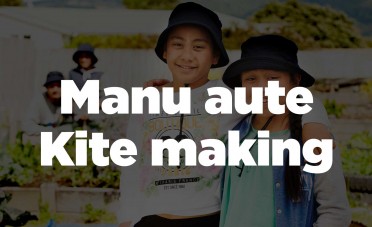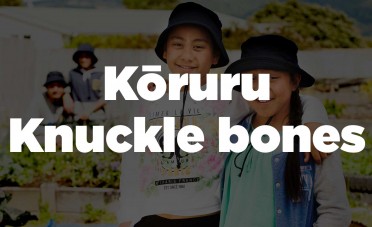Pōtaka Spinning top
Play pōtaka | spinning top.
Exploring te ao kori — Activity collections
This resource is part of a series within the Exploring te ao kori activity collections called Ngā mahi a te rēhia | Games and pastimes.

Intended outcomes
Ākonga attempt the pōtaka (spinning top), and describe how they felt about it.
Suggested approach
Originally the pōtaka (the top) was handmade and cherished. This game involved spinning the top and was often competitive.
Ākonga experiment with ways of spinning the top so that the top stays close to them. Ākonga then share some easy tricks with each other as to how they get their tops to spin. Keeping the top spinning requires a whipping action. The top can be made of natural material, for example, a stripped harakeke (flax) leaf. A pine cone makes a very good top for a beginner.
Ākonga attempt to complete the following sequence of skills in spinning the top.
- Spinning the top close by them.
- Spinning the top inside a circle/square.
- Spinning a top to stay spinning for a long time.
- Spinning a top to hum.
A young man demonstrating how to spin a pōtaka
A young man demonstrating how to spin a pōtaka
Ākonga then discuss the activity and how they felt when the top spun/did not spin, when it toppled, when they mastered/did not master the skills.
In groups of four or five, ākonga experiment with ways in which they can support and encourage one another until all group members can spin their top in preparation for a group challenge. In relays, each ākonga in the group moves their top around a course set out with cones in the shortest time possible. Each participant can have one other member of their group to help them whip their top if they wish.


